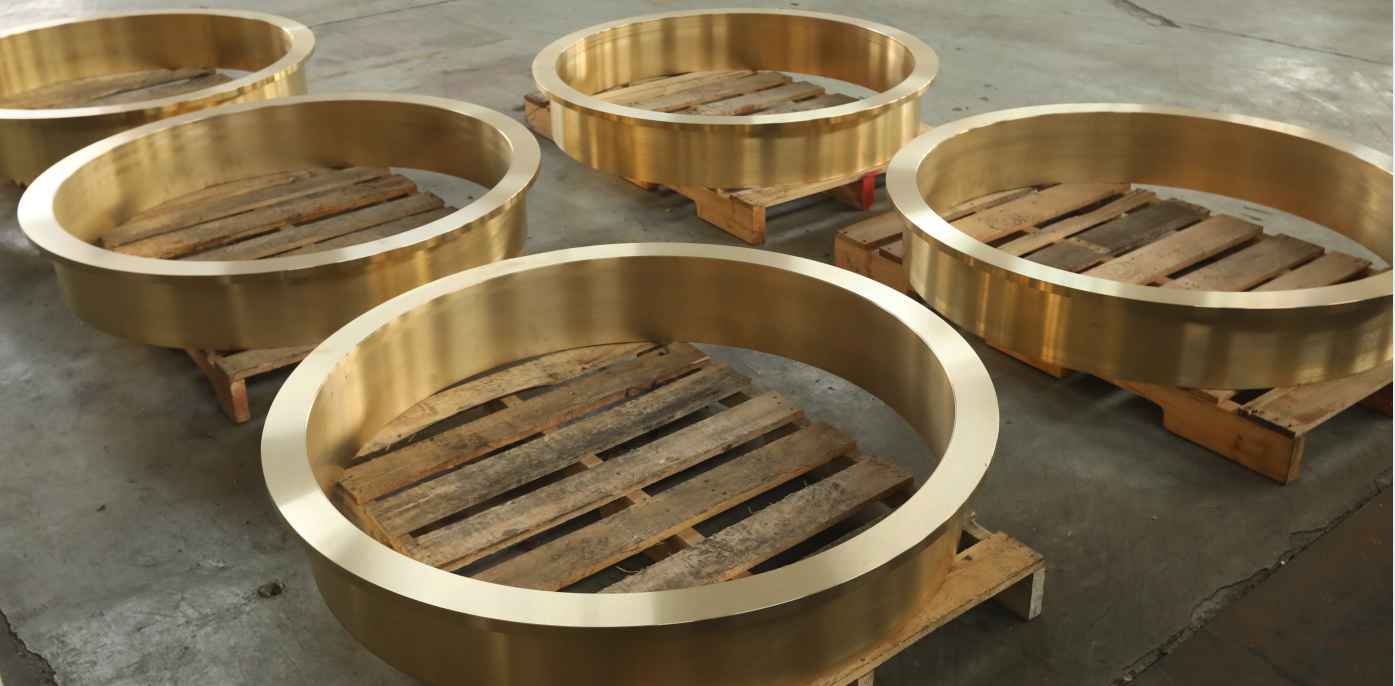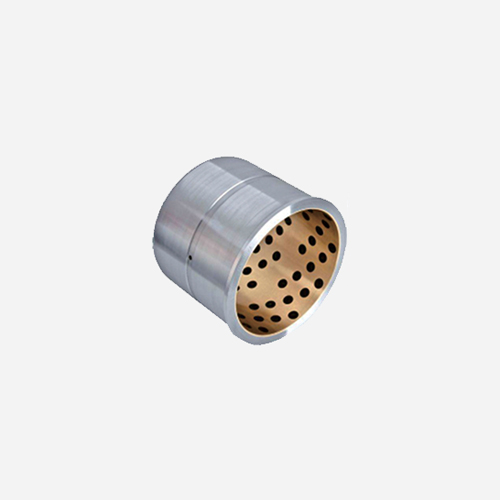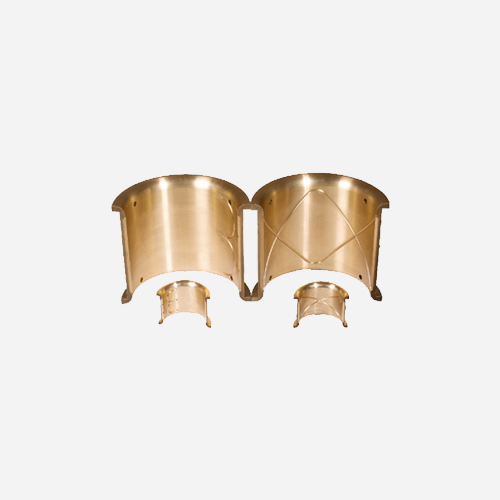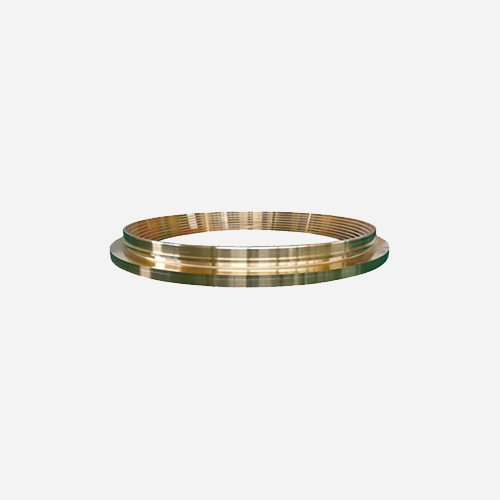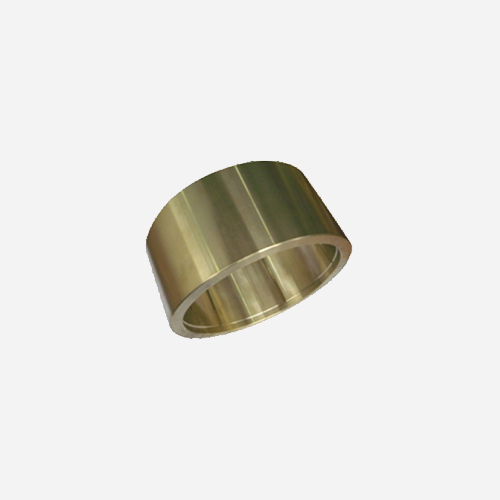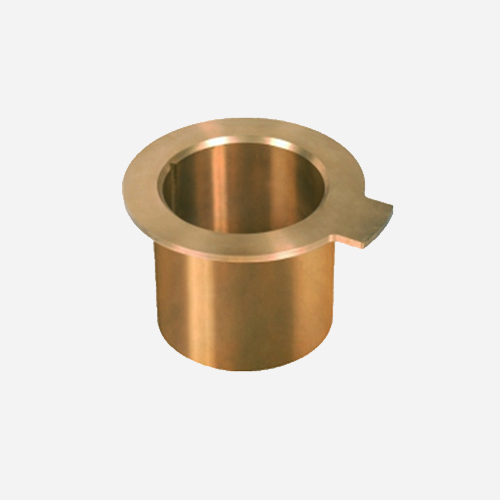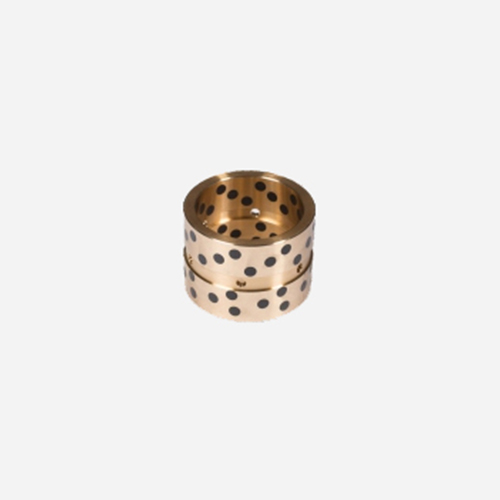Gear Case use C93800 Leaded Tin bronze bearing
What bearings are used in industrial gearboxes?
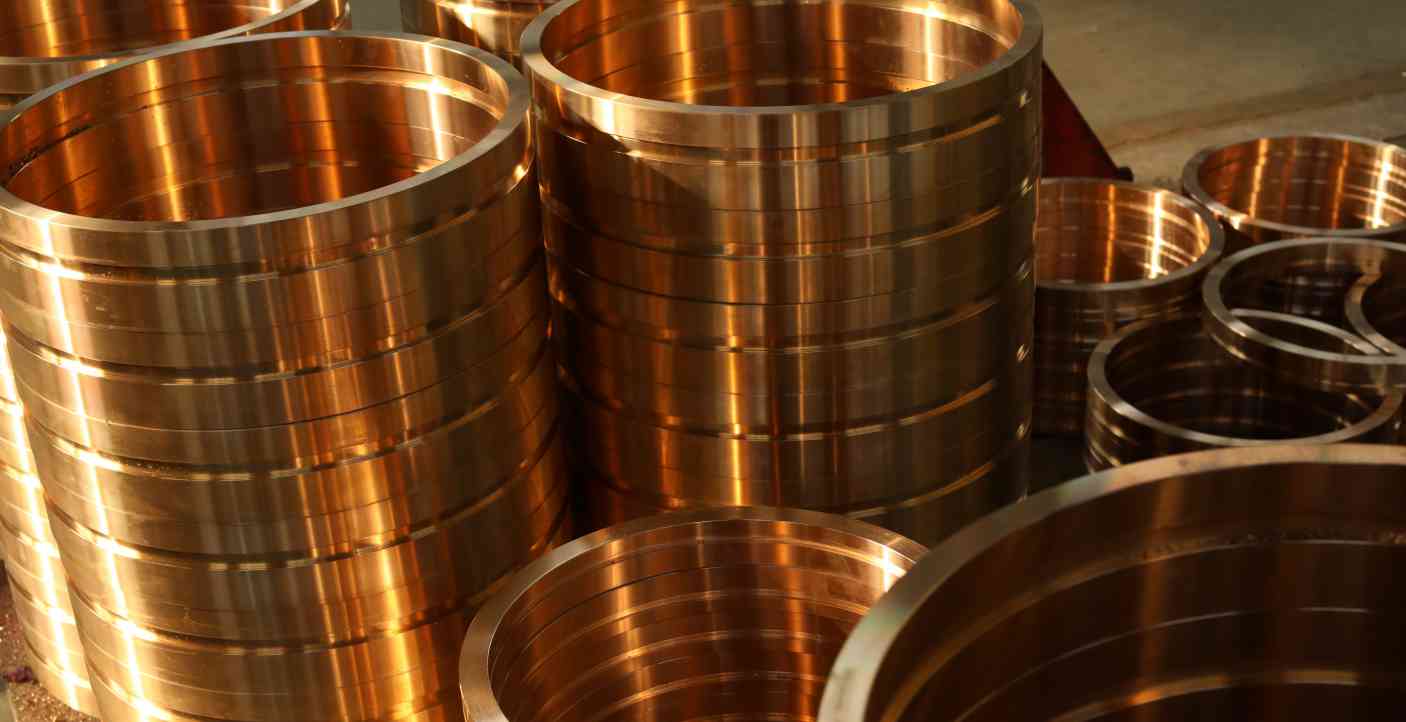
The Copper bushing is an indispensable and vulnerable part of industrial gearbox equipment. Copper bushing has its own characteristics like other copper alloy products.
- Wear resistance The wear resistance of copper bushings is relatively good. Bushes of different materials have different characteristics. The internal structure of the copper bushings cast by centrifugal casting is relatively tight, and there will be no looseness and pores. The hardness is relatively speaking. Relatively high and durable.
- The corrosive corrosion performance is relatively good, mainly used in the atmosphere and freshwater; its corrosion resistance is mainly reflected in some chemical elements, such as the addition of tin, lead, zinc, and nickel. Due to these characteristics, even if there is no lubricant Under the circumstances, it can still work normally.
- Compression resistance. The compression resistance of the copper bushing is very good, especially the surface pressure is very large, can withstand the side pressure of the bearing, and can operate normally under the condition of high load pressure, such as aluminum bronze, phosphor bronze material Copper bushings are often used because of their high hardness.
| Leaded commercial bronze | GB/T | BSEN | Hardness | Friction Coefficient | Tensile Strength | Operating Temperature |
| C93800 | ZCuPb15Sn8 | CC496K | ≥55HB | <0.15 | 490-580Mpa | ≤220℃ |
| C94100 | ZCuPb20Sn5 | CC497G | ≥45HB | <0.15 | 490-580Mpa | ≤220℃ |
The c93800 and c94100 bearing alloy is an alloy of tin, lead, antimony, and copper. It uses tin or lead as a matrix and contains hard crystal grains of antimony tin (Sb-Sn) and copper-tin (Cu-Sn), which hard crystal grains have an anti-wear effect, while the soft matrix increases the plasticity of the material.
The elastic modulus and elastic limit of bearing alloys are very low. Among all bearing materials, it has the best embedding and friction compliance. It is easy to run in with the journal, and it is not easy to seize with the journal. The strength of the bearing alloy is very low, and the bush can not be made separately, but can only be attached to the bronze, steel, or cast-iron bush as a bearing lining. Bearing alloys are suitable for heavy-duty, medium, and high-speed occasions, and are more expensive.
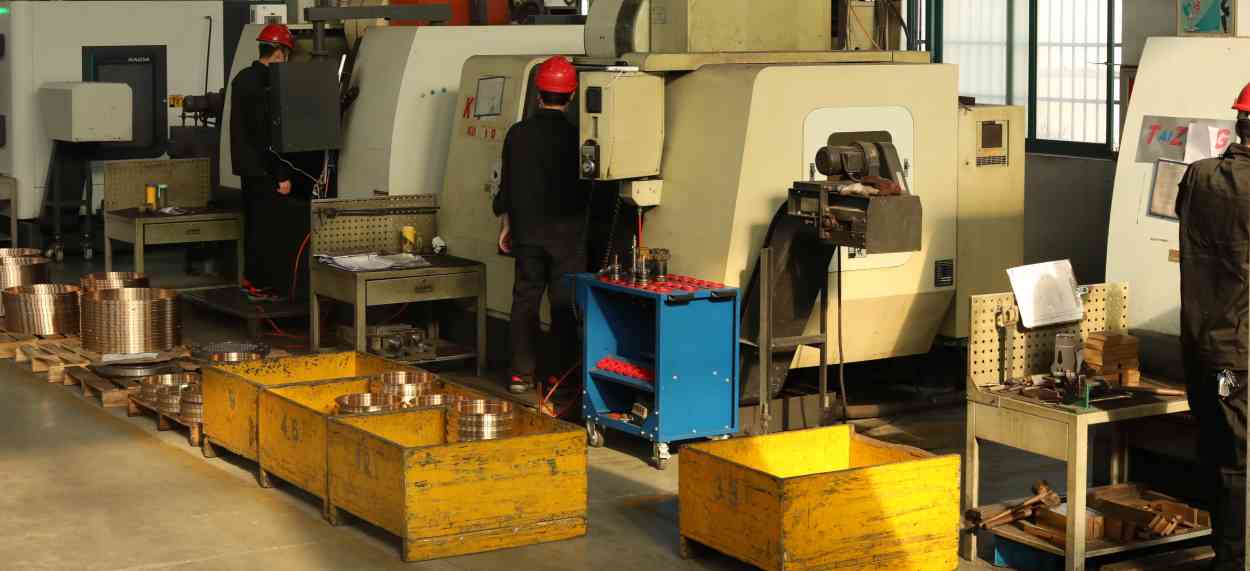
Bronze is an alloy of three metals: copper, tin, and lead. Lead plays a role in reducing the difficulty of casting, saving raw materials, and increasing weight. The content is generally below 20%, which has a small impact on color and a large impact on weight.
C93800 leaded bronze free-cutting phosphor bronze product characteristics Phosphor bronze strip has outstanding ductility, deep drawing function, and electroplating, and is widely used in construction, cars, decoration, electronic connectors, and production occupations.
- The strip shape, surface, and dimensional accuracy control is the world's first-class level; the tin-phosphorus bronze strip (Sn4%) and high-precision strip (Sn8%) can be processed.
- It has excellent ductility, deep drawability, high strength, hardness, and other excellent generalization functions.
- This kind of casting is prone to "reverse segregation" during casting; at the same time, the structure is coarsened and the strength is reduced, which affects the resistance of lead bronze castings. Grinding performance and service life. Therefore, the application has been restricted.
- At present, most of the bearing copper sleeves used in machinery are usually replaced by tin bronze ZsQn 6-6-3 material with 6% tin.
C93800 Leaded Bronze Lead-containing tin bronze is often used as wear-resistant parts and sliding bearings.
Zinc-containing tin bronze can be used as high-airtight castings.
Copper specifications (unit MM) are: Copper plate: 1.0-200MM thick.
Overview of wide*long tin bronze: The tin content is generally between 3-14%, mainly used to make elastic components and wear-resistant parts.
The tin content of deformed tin bronze does not exceed 8%, and sometimes phosphorus and zinc are added. Among other elements, phosphorus is a good deoxidizer and can also improve fluidity and wear resistance.
- Adding lead to tin bronze can improve machinability and wear resistance.
- Adding zinc can improve the casting performance. This alloy has high mechanical properties, anti-wear performance, and corrosion resistance, easy cutting processing, good brazing and welding performance, small shrinkage coefficient, non-magnetic, and wire flame spraying and arc spraying can be used Preparation of bronze bushings, shaft sleeves, diamagnetic components, and other coatings, tin bronze use: tin bronze is a non-ferrous metal alloy with low casting shrinkage.
- It is used to produce castings with complex shapes, clear outlines, and low airtightness requirements.
Pipe up with your ideas to our bearing specialist. Contact now!

